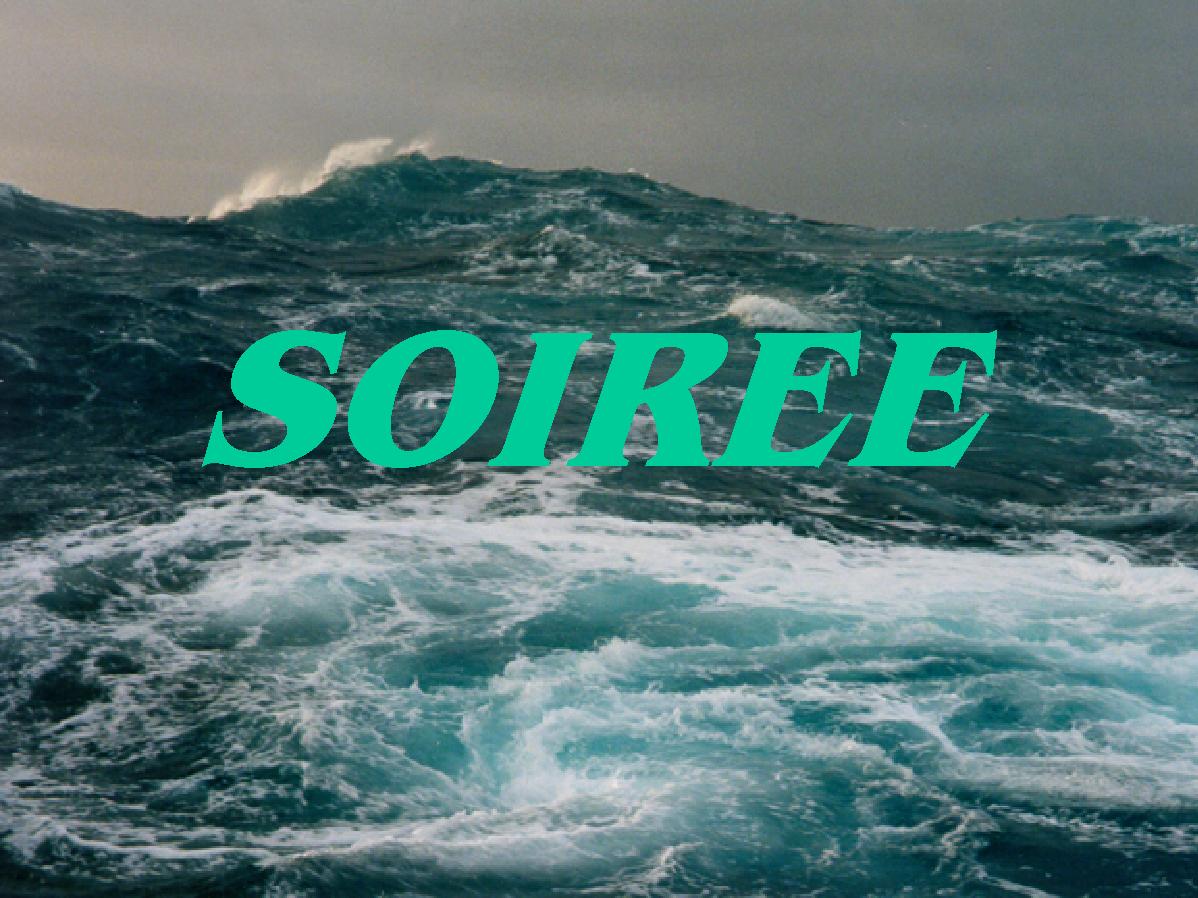 ©2020 Biological and Chemical Oceanography Data Management Office.
©2020 Biological and Chemical Oceanography Data Management Office.Funded by the U.S. National Science Foundation
Project in the Southern Ocean aimed at maintaining a coherent patch of iron-enriched seawater for the duration of project and to interpret any iron-mediated effects on the patch by conducting measurements and performing experiments during this period of the project.
The Southern Ocean Iron RElease Experiment (SOIREE), was the first in situ iron fertilization experiment performed in the polar waters of the Southern Ocean. SOIREE was an interdisciplinary study involving participants from six countries, and took place in February 1999 south of the Polar Front in the Australasian-Pacific sector of the Southern Ocean.
Approximately 3800 kg of acidified FeSO4.7H2O and 165 g of the tracer sulphur hexafluoride (SF6) were added to a 65-m deep surface mixed layer over an area of ~50 km2. Initially, mean dissolved iron concentrations were ~2.7 nM, but decreased to ambient levels within days, requiring subsequent additions of 1550-1750 kg of acidified FeSO4.7H2O on days 3, 5 and 7 of the experiment.
During the 13-day site occupation, there were iron-mediated increases in phytoplankton growth rates, with marked increases in chlorophyll a (up to 2 µgl-1) and production rates (up to 1.3 gCm-2d-1). These resulted in subsequent changes in the pelagic ecosystem structure, and in the cycling of carbon, silica and sulphur, such as a 10% drawdown of surface CO2.
The SOIREE bloom persisted for >40 days following our departure from the site, as observed via SeaWiFS remotely sensed observations of Ocean Colour.
BCO-DMO Note:
All original data and metadata provided on a CD-Rom accompanying the Deep-Sea Research II 48 (2001) volume. The CD-Rom contains the main SOIREE datasets and ancillary information including the pre-experiment 'desktop' database study for site-selection, and satellite images of the SOIREE bloom.
© 2001 Elsevier Science Ltd. All rights reserved.
SOIREE Preliminary Voyage Report
SOIREE Introduction and Summary, Deep-Sea Research II 48 (2001) 2425-2438
SOIREE Cruise Track

Lead Principal Investigator: Philip W. Boyd
University of Otago
Contact: Evelyn Armstrong
University of Otago
Contact: Doug Mackie
University of Otago
Iron Synthesis [FeSynth]